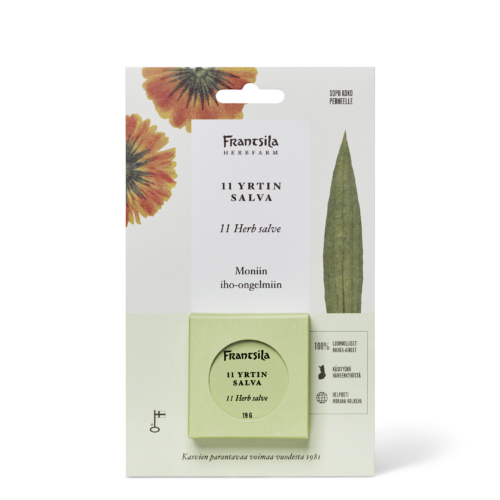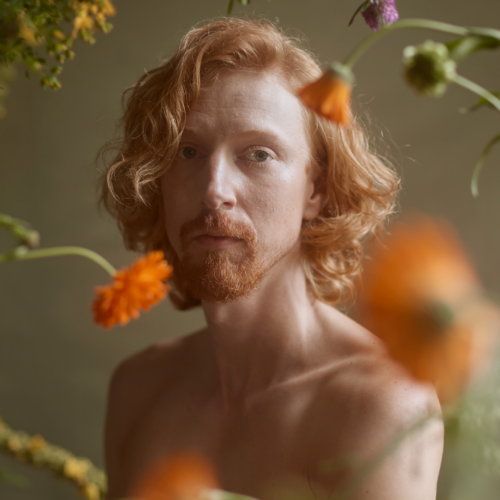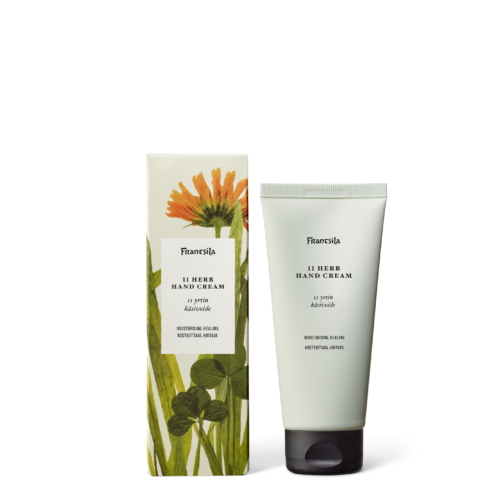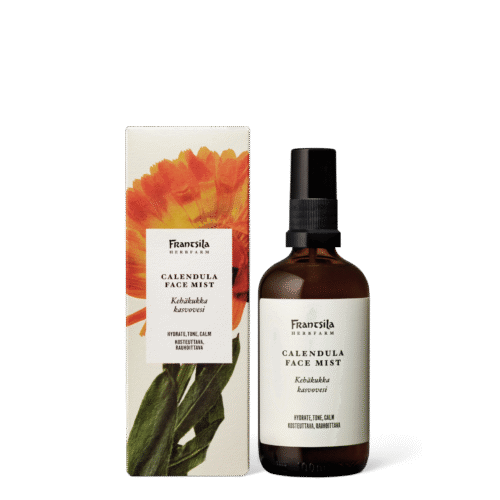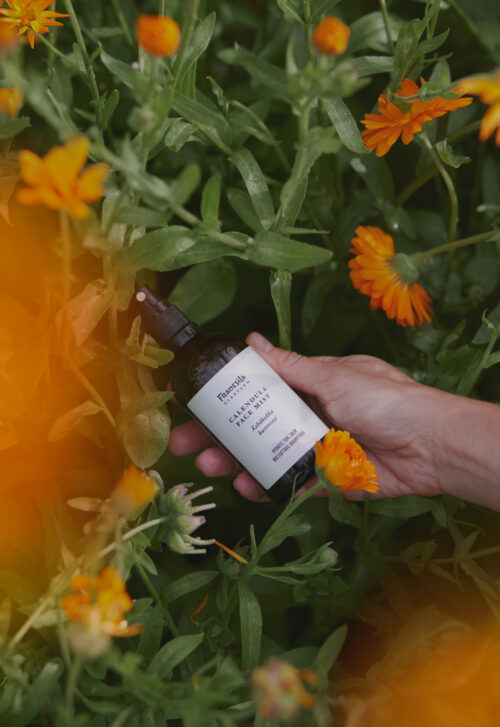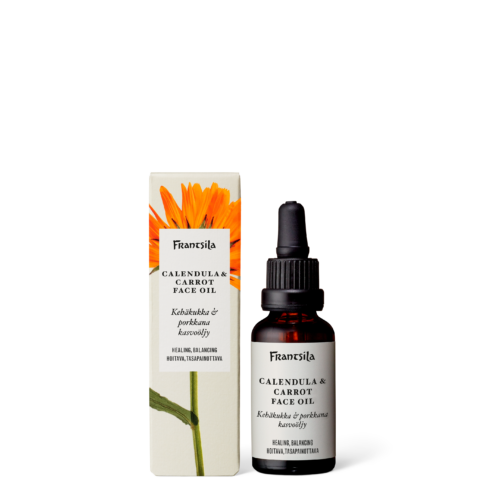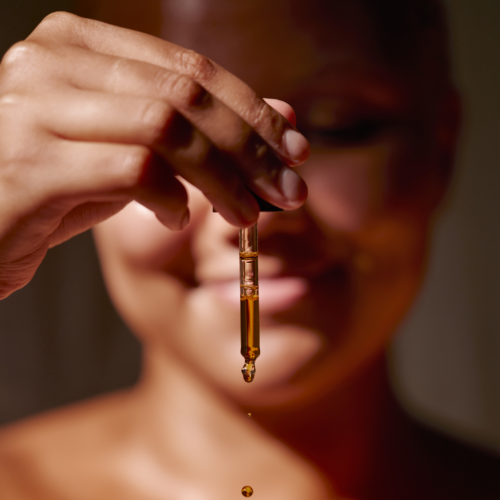14.4.2025, jupiter
A Glimpse into Frantsila’s Living Laboratory
On Frantsila’s organic herb farm, we are steadily shifting toward regenerative farming. These methods foster richer ecosystems and more vibrant soil—nourishing not just our plants, but the remedies they become. This summer, a small research project is quietly unfolding in the fields. Its aim? To explore natural alternatives to plastic mulch—using materials like hemp, dried nettle, and composted horse manure—as part of a broader commitment to healing the land.
Tucked behind the rose hedges and greenhouses, a small test garden has become an open-air laboratory. The garden is divided into 18 square plots. Each one is planted with the same herbs and crops—but every bed is thriving in its own unique way.
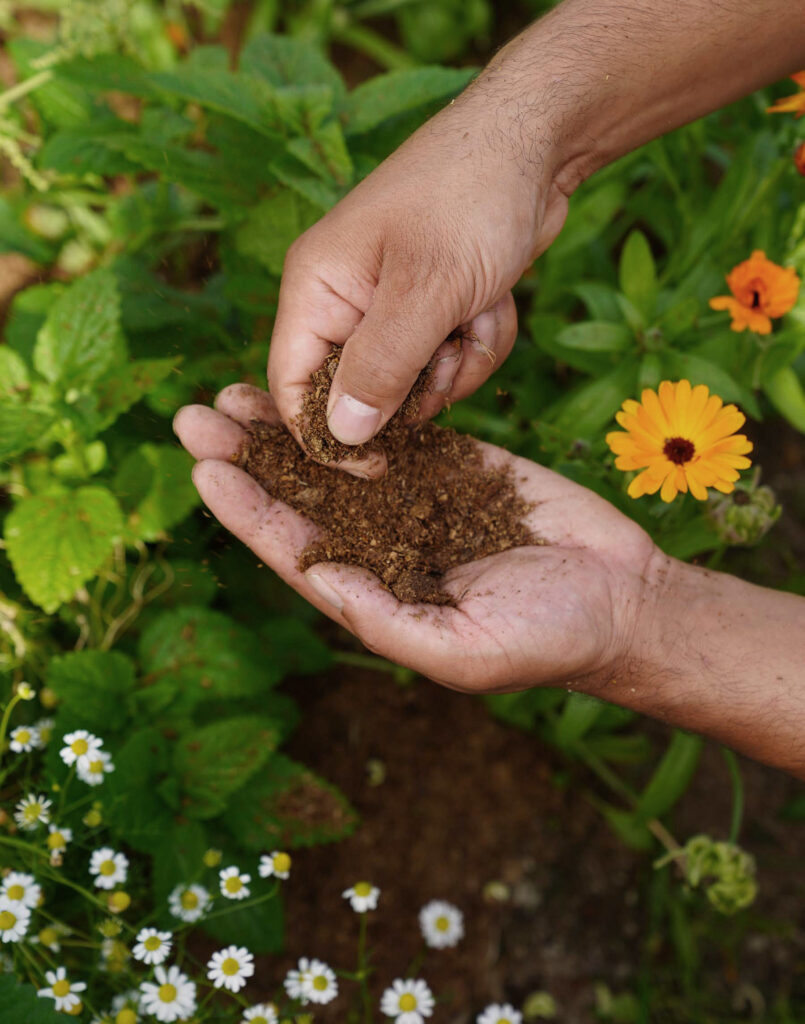

The difference lies in what lies beneath: mulch. Some plots, mulched with hemp matting, composted horse manure, or dried nettle, are flourishing in full. Others—like those covered with spreading clover or straw pellets—have seen mixed results. Some plants have been outcompeted; in some places, weeds have taken over.
“When I returned in early August from holiday, I was amazed—everything was bursting with life,” says Alaa Eddine Fatam, the student researcher leading the project.
The goal is to find a sustainable, cost-effective alternative to the plastic mulches still commonly used in organic farming. While plastic suppresses weeds and retains moisture for years, it disrupts the soil’s natural balance—and doesn’t belong in regenerative practice.
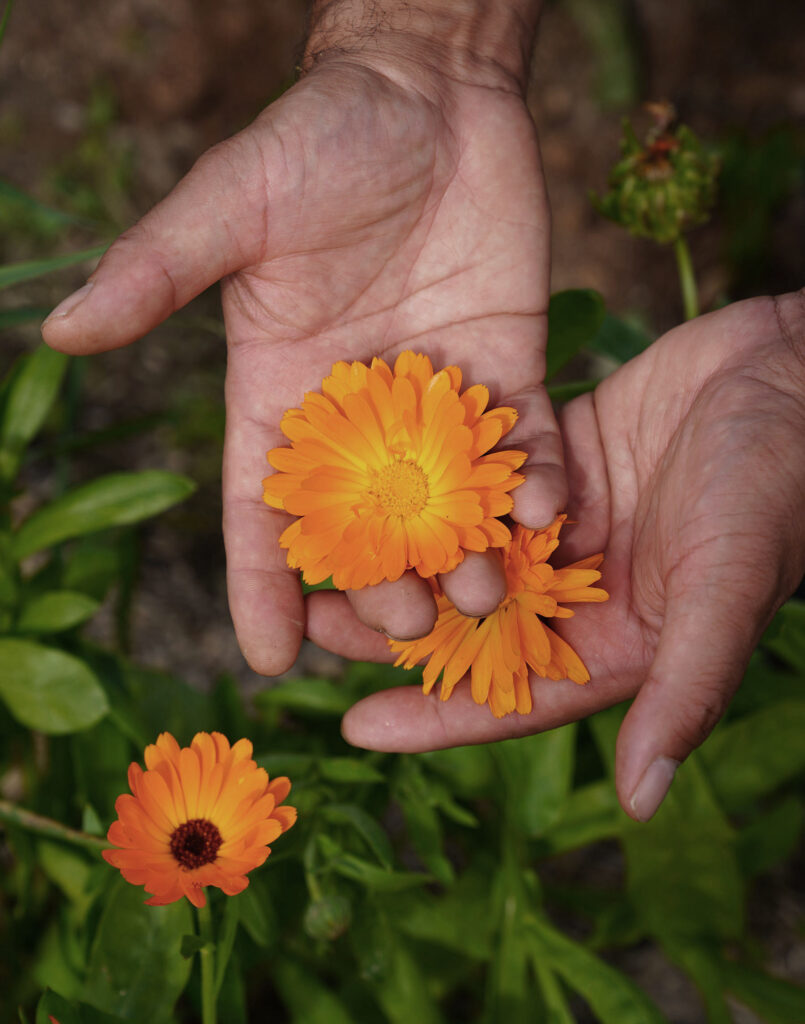

Feeding the Soil, Not Just the Plant
Jupiter Cormier, chair of Frantsila’s board and part of the next generation tending this family farm, leads Frantsila’s sustainability strategy. The mulch trial is one of many projects bringing that vision to life.
“We’re always asking how we can interact with ecosystems in a way that’s not just sustainable, but regenerative,” Jupiter says.
“The more we enrich the soil and its ecosystems, the more aromatic and potent our plants become—and the more deeply we can support human well-being.”
Without plastic barriers, the earth can breathe. It can be nourished with last season’s growth. It can foster thriving microbiomes. This is how healing begins—slowly, deeply, from the ground up.
The project was initiated by Heini Kylänpää, Frantsila’s lead grower, who invited Alaa—a student of Smart Climate Agriculture at Häme University of Applied Sciences—to carry out the study as his thesis.
Alaa responded with enthusiasm, bringing a wide variety of biodegradable materials to the test plots, from sheep’s wool to biochar. The beds have not been watered, weeded, or fertilised. Nature has been allowed to show what works.
And in many plots, the results already surpass those under plastic.


From Trials to Flourishing
After the harvest, the research continues—examining plant biomass and nutrient content. The most promising mulch materials may be used again next year, deepening our understanding with each growing season.
This is just one of several regenerative trials taking place across the farm under Heini’s guidance.
Standing beneath the warmth of the August sun, she gestures across the Hämeenkyrö landscape:
“One area is testing agroforestry—where tree-covered strips help shield crops from wind and pests, while improving soil and water cycles. In another, we’ve skipped nitrogen-rich manure altogether. The soil was surface cultivated, with just a touch of biochar and lime applied over winter.
The field strips are thriving.
The path forward is clear.
